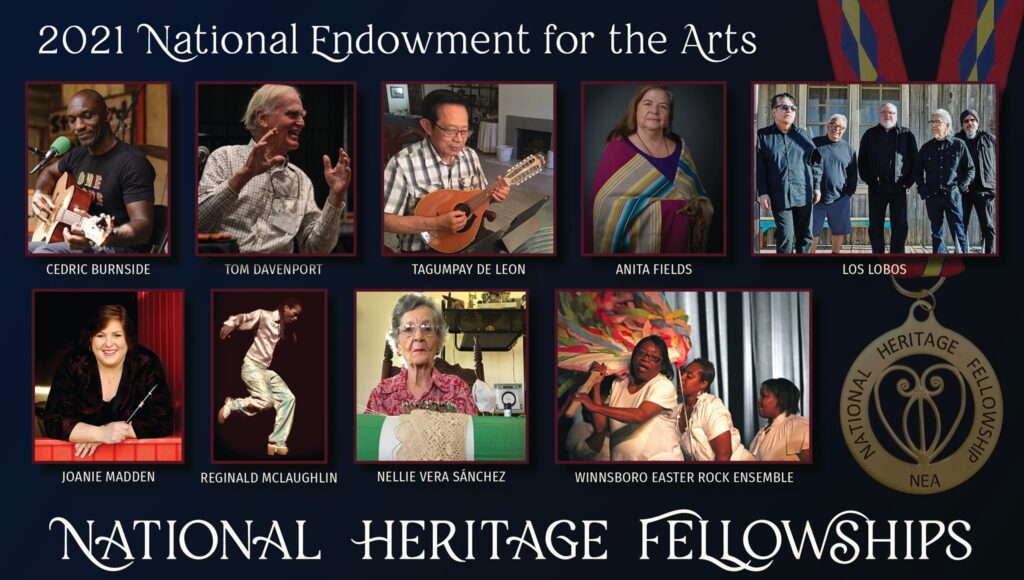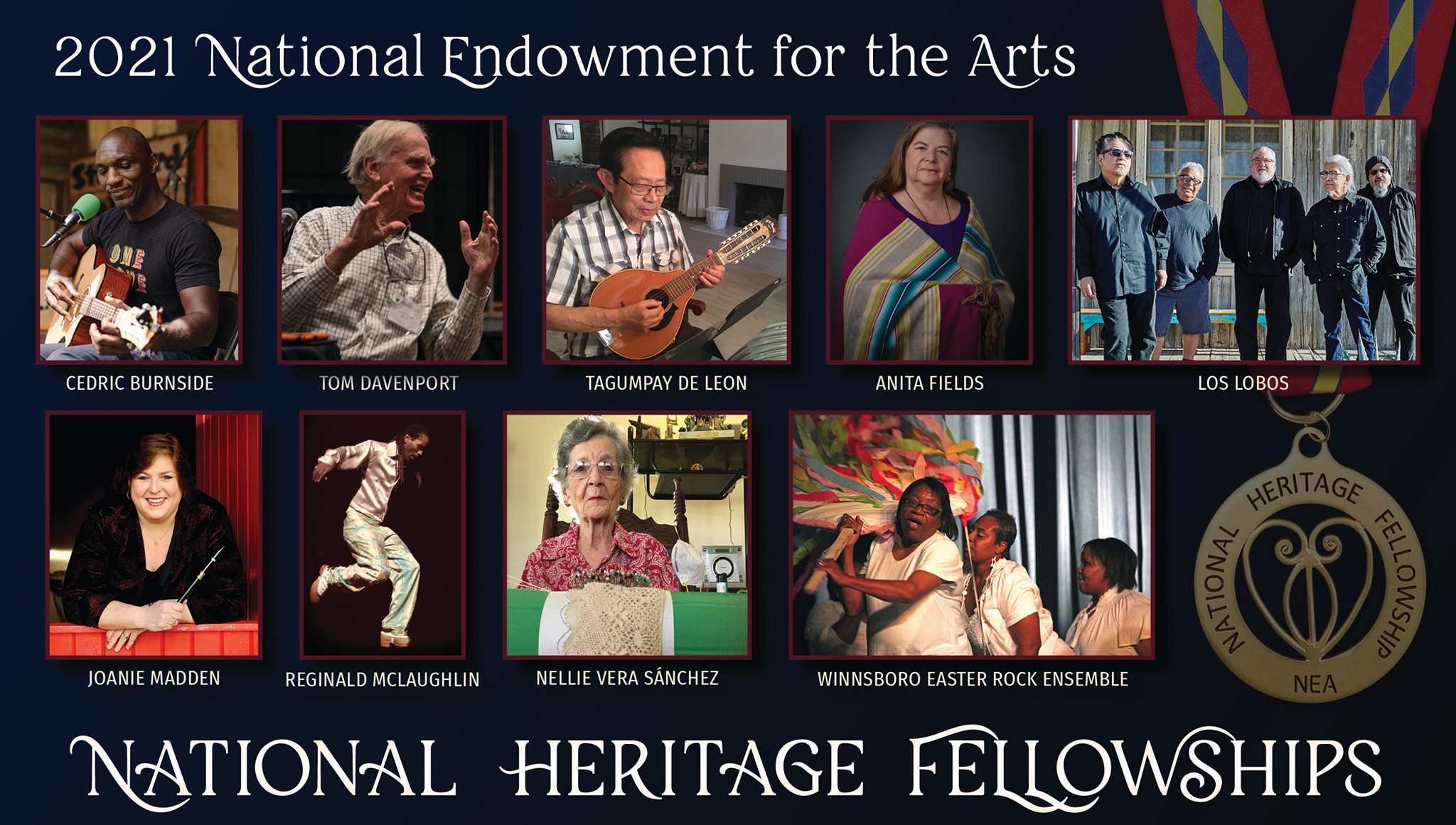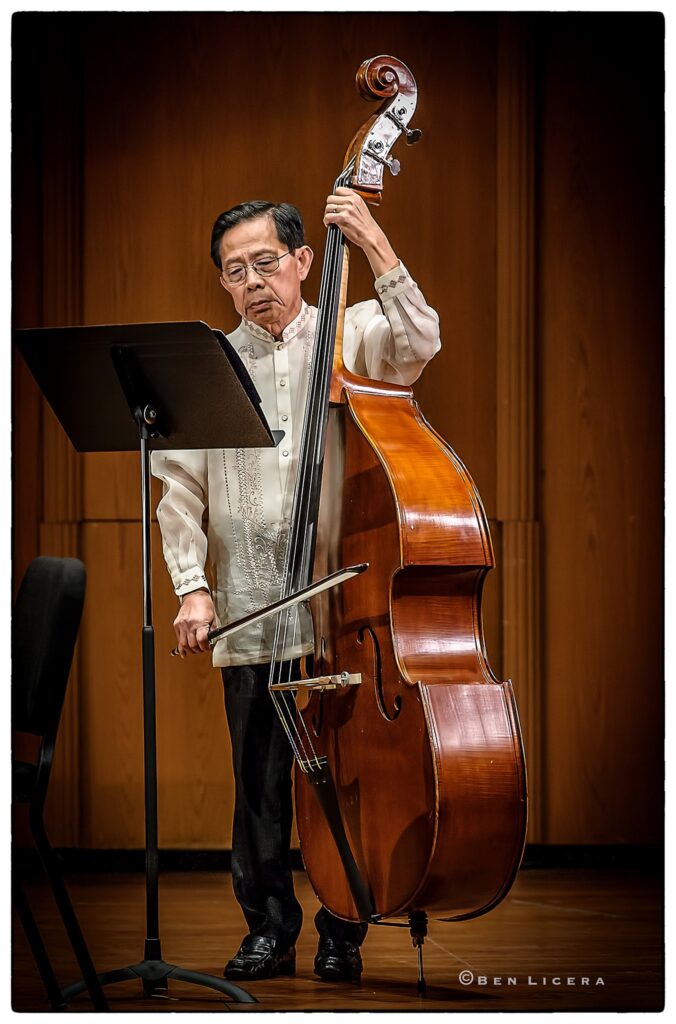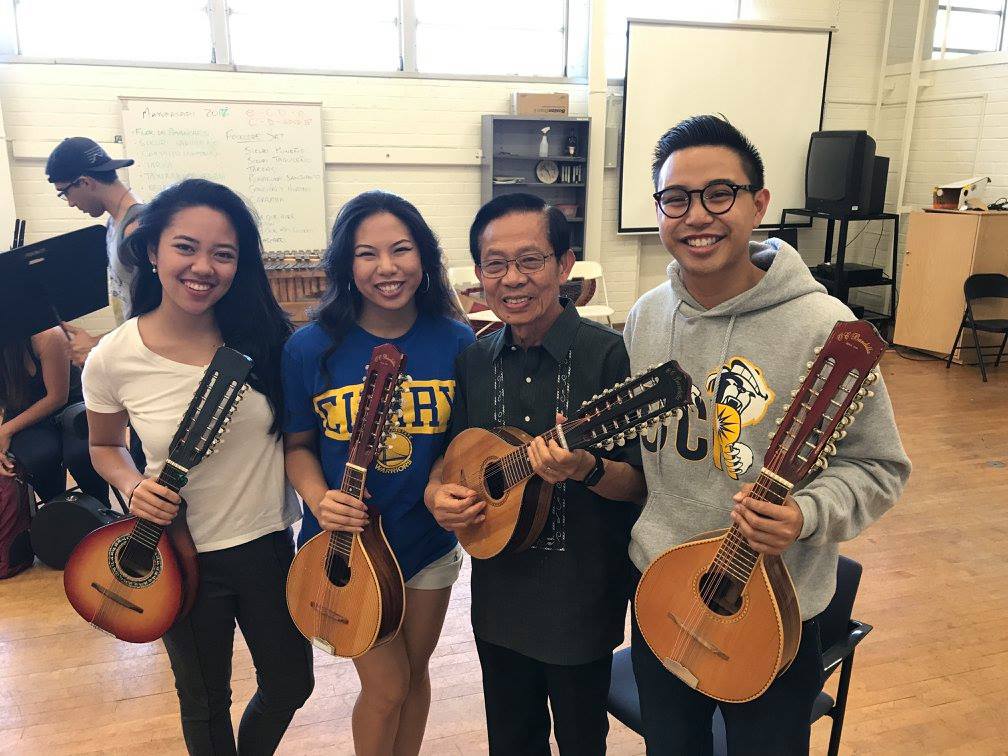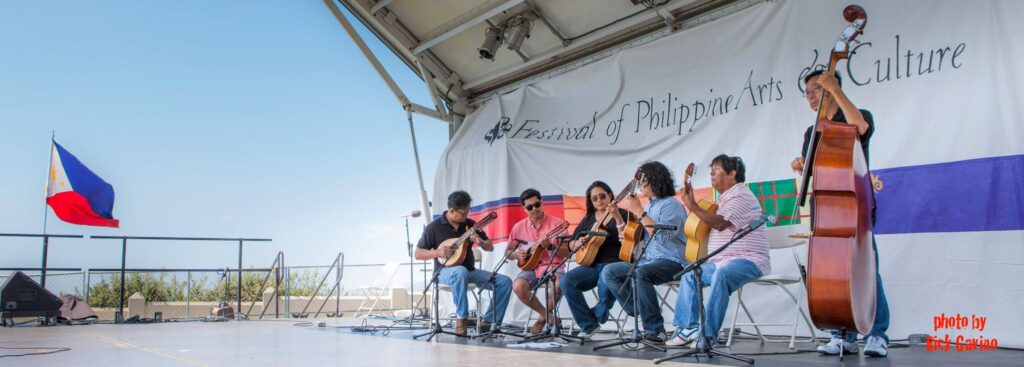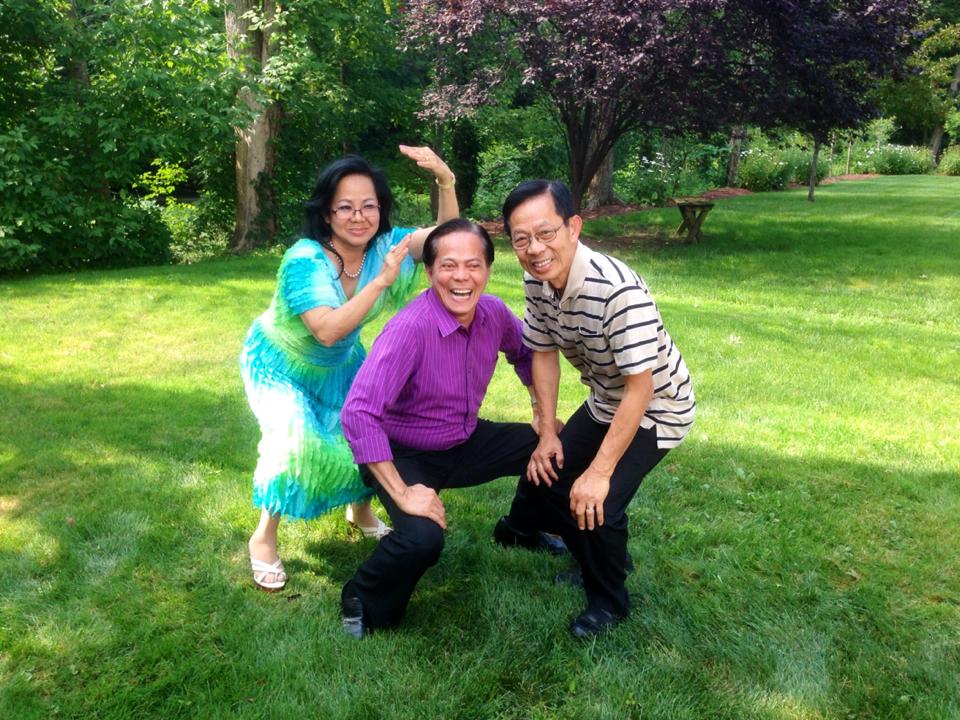Because of his decision to migrate to America as a young man, Tagumpay de Leon’s name may not ring a bell to many Filipinos, but the US transplant, who comes from an illustrious family of musicians, has done more than his fair share to promote Filipino culture and identity abroad through his dedication and brand of music. And the US has seen fit to recognize his efforts with a Heritage award.
By Susan Isorena-Arcega
Last Tuesday, June 15, the Washington DC-based National Endowment for the Arts (NEA) announced its newest class of National Heritage fellows — nine individuals and groups who represent the richness and breadth of folk and traditional arts in the United States. This year’s class of fellows includes Filipino-American Tagumpay Mendoza de Leon, the revered and highly popular multi-instrumentalist based in Burbank, California, who is an acknowledged master teacher and performer of rondalla music.
Amid the Filipino diaspora, the rondalla, which traces its origins to medieval Spain, is profoundly meaningful as a key cultural symbol, and De Leon has promoted this tradition to thousands of Filipino-Americans as fellow performers, students, or audience members. His quiet, unassuming presence has contributed integrity and deep cultural knowledge to communities in the state of California, and beyond.
An illustrious family of musicians
One of six children of the late National Artist for Music Felipe Padilla de Leon and concert pianist Iluminada Bonus Mendoza, Pi or Umpay, as he is fondly called by family and friends, was born in Peñaranda, Nueva Ecija, but grew up in Sampaloc and Cubao. The De Leon homestead was virtually a concert hall, as the entire family often entertained visitors, be they bandleaders, writers, journalists, students, or politicians. His father, after all, was a renowned composer and conductor, while his mother was a granddaughter of Ladislao Bonus (considered father of the Filipino opera), and was daughter to Jose Mendoza, who was at one time Secretary of the Senate and the right-hand man of Rev. Gregorio Aglipay.
“I had no formal training in music. Just like my brothers and sisters, I simply tinkered with whatever instruments caught my fancy at home,” De Leon explains. He first studied piano, then the accordion, and the violin. When his siblings formed the De Leon Rondalla, he chose the upright bass to accompany them — an instrument in which he excelled.
A chemistry graduate of the Mapua Institute of Technology, De Leon migrated to the United States in 1971, following the path taken by many of his classmates, both from Ramon Avanceña High School and the local MIT.
“It really was for economic reasons. My college classmates had already left, so I was persuaded to join them. Sure, it was hard at first, but when I got a regular job, it was easier,” De Leon recounts.
Life in the US
He met his wife, the former Pomocena Cometa Magadia (nicknamed Zeny or Sinay), at Bekins Moving & Storage – his first full-time job – two months upon arrival. He was smitten.
“We got married in 1974 and were blessed with three children – Lakan, Rani and Hiyas – all of whom play musical instruments themselves,” De Leon proudly states.
Even while working as a power systems analyst in Glendale, De Leon found time to teach rondalla music, while performing with various musicians. He first played bandurria and guitar with the Pamanlahi Dance Troupe, then worked with the Fil-Am Cultural Family Group under musical director Nitoy Gonzales of the famed Bayanihan Philippine National Folk Dance Company.
He also taught at the University of California in Los Angeles (UCLA) for one year, but has been a regular at UC Riverside until now, where he is known as “Uncle Pi.”. De Leon uses both the classroom space and the performance stage to steward the rondalla tradition and transmit this rich heritage to young Filipinos whose parents migrated to the U.S. He has risen to prominence teaching instruments like the bandurria, laúd, octavina, guitar and upright bass, while gaining a strong reputation as ensemble leader and an expert on instrumental repertoire.
Claiming that it was not really hard combining working, teaching and performing, De Leon says, “The shows are only on weekends. I met Nitoy Gonzales in 1985, and we formed our own rondalla . In 1991, Mang Nitoy, his son Boy Angos, and I founded the Rondalla Club of Los Angeles (RCLA). At the same time Kayamanan ng Lahi Dance Troupe was formed and we were playing for both dance troupes until the Fil-Am Family Cultural Group was dissolved around year 2000.”
Familiar fixture in LA’s Pinoy communities
De Leon’s rondalla often provides the music for Philippine folk dances and is prominent in community celebrations like fiestas, weddings, and other civic and social events serving the Filipino-American community. He asserts that “having been involved with the Philippine cultural scene since my childhood days back home, I have been deeply attached to the beautiful sounds of the rondalla. Indeed, he continues to be the face of rondalla music in California, as he performs at countless festivals and cultural events, social and civic functions, or in the comfort of Filipino homes.
In 1990 and 1993, De Leon and his colleagues showcased rondalla music at the Chateau-Gombert International Folk Dance Festival in Marseille, France. He was also a master artist in Alliance for California Traditional Arts’ Apprenticeship Program in 2002. When not teaching or performing, he plays bass with the Filipino American Symphony Orchestra of Los Angeles, which performed at the Walt Disney Theater in 2019.
Queried as to the names prevalent in the De Leon family, his elder brother Felipe Jr., former chairman of the National Commission on Culture And the Arts (NCCA) said that they had a “super-nationalistic father,” so, except for him, they were given names like Bayani, Tagumpay, Luningning, Magdangal and Marilag. Eventually, they followed the tradition with their own children.
“My brother Bayani distinguished himself as a composer, conductor, poet, literary writer, ethnomusicologist and cultural scholar. Luningning was a cellist with the Manila Symphony Orchestra. Marilag took up music education and piano at the University of the East, but she is also a master pranic healer. Dangal, who is chairman of the 7th Division of the Court of Appeals Justice with the Court of Appeals, plays the flute, guitar, and piano, and was a Battig Music Awardee for his milestones in composing, conducting, arranging and even singing.
“Bayani’s son Okir won two first prizes in the Composer’s Prize Competition of NCCA last year, while my son Diwa Felipe III, who is an advocate of the Tboli hegalong, has hundreds of thousands of internet followers for his music videos,” the elder De Leon enumerates with pride.
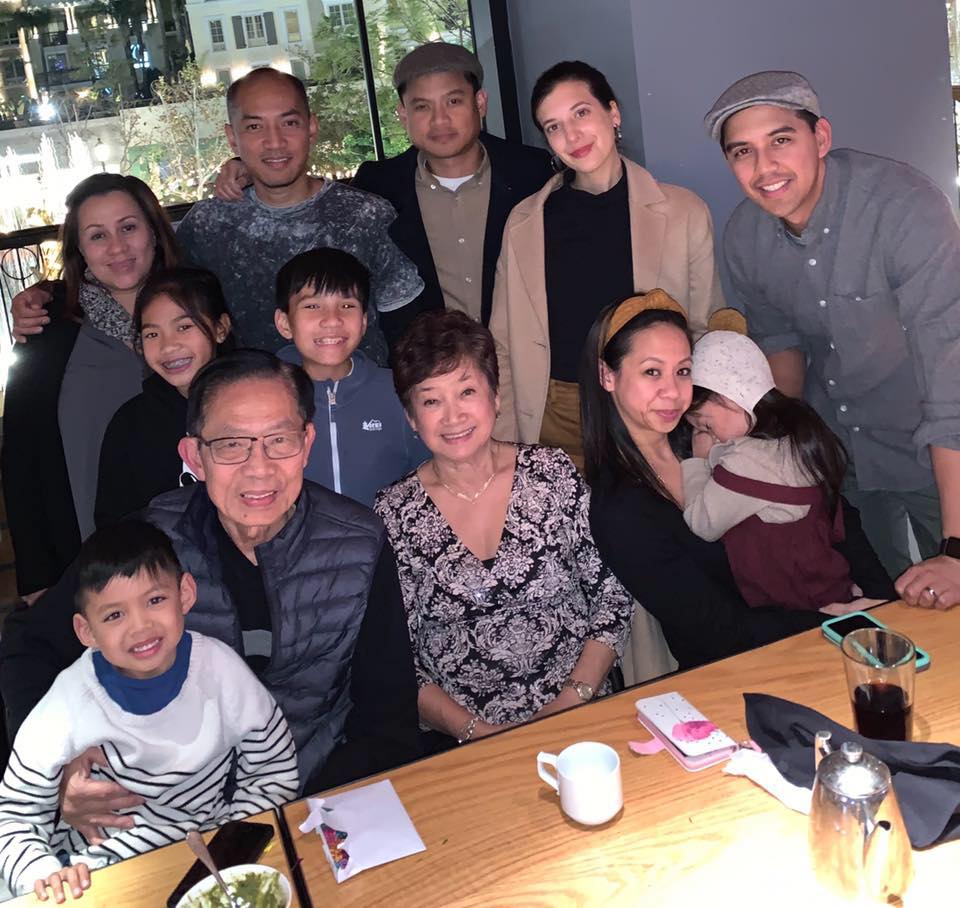
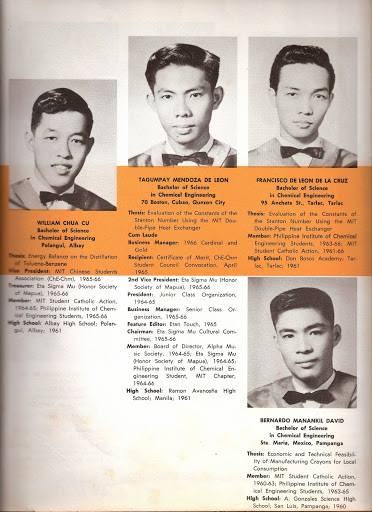
True Heritage awardee
Coming from such an outstanding lineage of Filipino musicians and culture advocates, Tagumpay Mendoza de Leon, with his easygoing style and avuncular warmth, is a role model and generous resource for the burgeoning rondalla movement in the US. He exemplifies the definition of a Heritage awardee as the individual who shows artistic excellence and efforts to sustain cultural traditions for future generations. The NEA is honoring him alongside artists and creators from African-American, Mexican-American, Native-American, Irish-American and Puerto Rican backgrounds, whose array of mediums span many kinds of music, ribbon and lace work, tap dance and filmmaking.
The Endowment honor includes a $25,000 award per recipient. Due to the pandemic, no live ceremony will be held to celebrate this year’s fellows. Instead, the NEA plans to stream a virtual event on November17.
“It is amazing and a real honor to be mentioned in the same breath as Los Lobos, who have contributed to the sonic landscape of Los Angeles for nearly half a century,” De Leon humbly admits. “But it is very important for Fil-Ams to be constantly reminded of their culture and where they came from. One way I can accomplish this is to let them hear the beauty of their own music by listening to the rondalla.”
